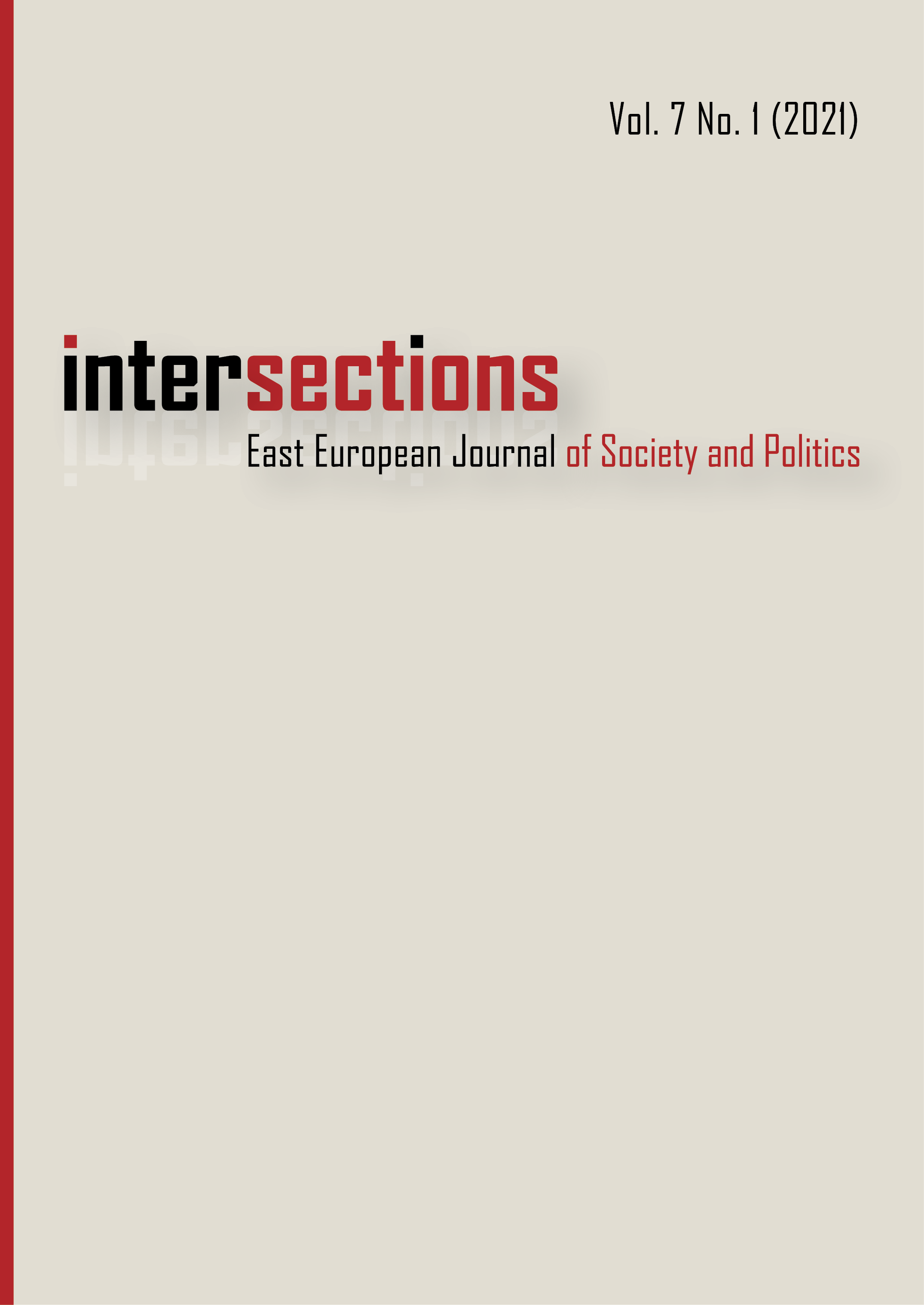Cyberbullying Prevention: Which Design Features Foster the Effectiveness of School-Based Programs?
A Meta-Analytic Approach
DOI:
https://doi.org/10.17356/ieejsp.v7i1.648Abstract
Cyberbullying is a global phenomenon that affects 10-40 percent of youth (Hinduja and Patchin, 2014) and has severe consequences such as depression, anxiety or suicidal thoughts. There is a large and growing body of literature discussing and assessing programs aimed at preventing cyberbullying, to which the present article aims to contribute. My purpose was to examine whether prevention programs applying certain features – in particular, social-emotional learning, whole-school approach, mentoring and education on online safety and cyberbullying – are more effective than others. This ambition is novel in the cyberbullying literature. The analysis is based on the results of 23 impact evaluation articles that examined 15 school-based cyberbullying prevention programs or program variants. It was found that programs including social-emotional learning and mentoring are more effective in reducing perpetration, whereas those including education on e-safety and cyberbullying are more effective in reducing victimization. Policy implications and the limitations of the study are also discussed.

Downloads
Published
How to Cite
Issue
Section
License
Copyright Notice
Authors who publish with this journal agree to the following terms:
Authors retain copyright and grant the journal right of first publication, with the work three months after publication simultaneously licensed under a Creative Commons Attribution License that allows others to share the work with an acknowledgement of the work's authorship and initial publication in this journal.
Authors are able to enter into separate, additional contractual arrangements for the non-exclusive distribution of the journal's published version of the work (e.g., post it to an institutional repository or publish it in a book), with an acknowledgement of its initial publication in this journal. This acknowledgement is not automatic, it should be asked from the editors and can usually be obtained one year after its first publication in the journal.



